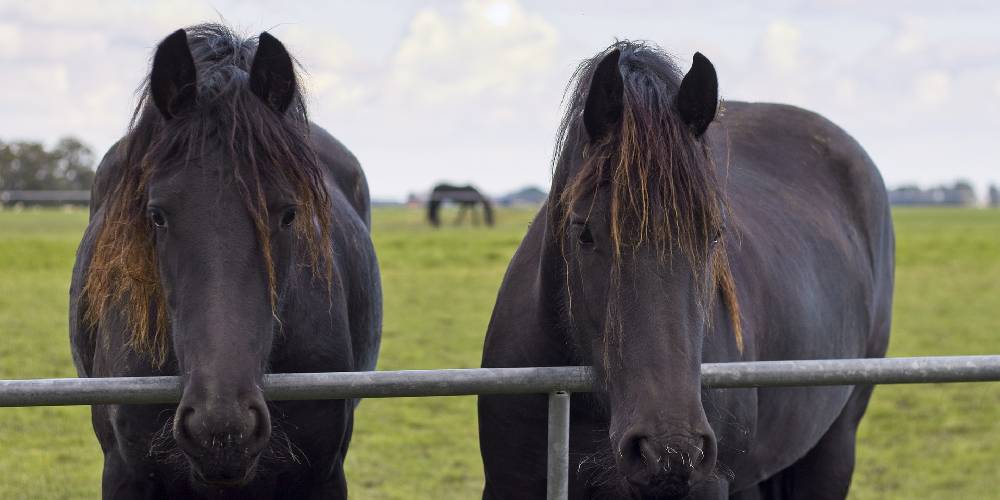The Fell is a breed of pony that originated in the U.K. to be used as a riding pony for traveling over rough terrain. Because I don’t really know much about these ponies, I wanted to research and write about them to teach others about these incredible ponies as well.
What Is A Fell?
A Fell is a breed of pony that originated in the United Kingdom in Europe. These ponies are known for their great temperaments, kind personalities, and great strength. These ponies are often used as family ponies as they are gentle enough to be ridden by children but strong enough to be ridden by adults. The most common color seen in this breed is black and they only stand at up to 14 hands high.
How Big Are Fells?
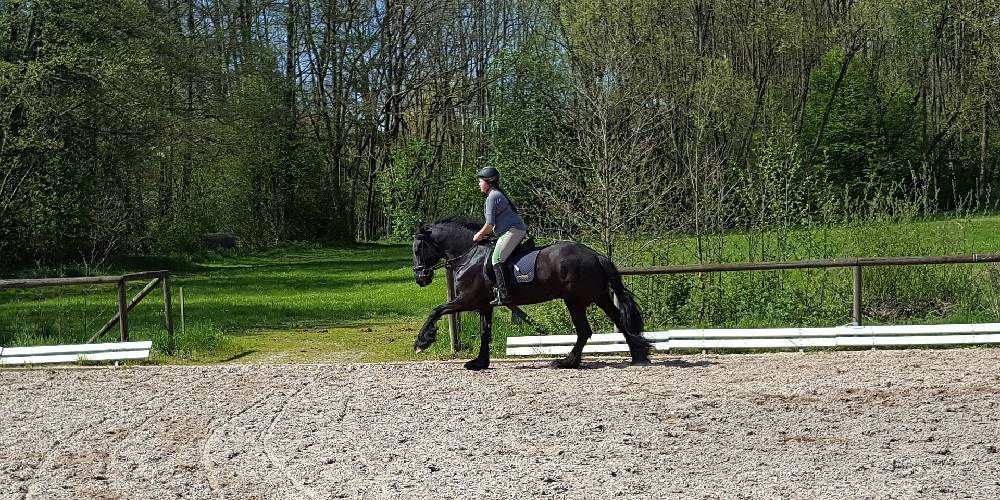
The Fell is too small to be considered a true horse as it stands under 14.2 hands high, and because of this, it is classified as a pony breed. On average, this breed stands under 14 hands high with the typical height being 13.2 hands high.
Thanks to their Friesian influence, the Fell is a heavier breed of pony. The average weight for this breed is between 950 and 1,200 pounds. This is really heavy for a pony as even some full sized horse breeds don’t weigh this much.
Are Fells Horses Or Ponies?
For an equine to be considered a true horse it must stand above 14.2 hands high. Because the tallest a Fell can stand is 14 hands high, it is not considered a horse. Any equine that stands below 14.2 hands high is considered a pony, making the Fell a pony breed.
What Colors Can Fell Ponies Come In?
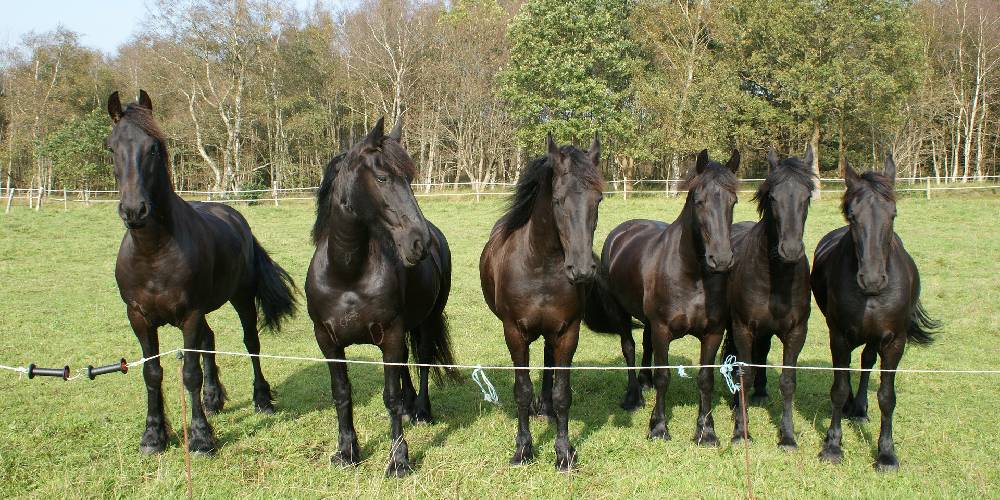
Fell Ponies can come in just a few colors. The colors that they can be include:
- Black
- Gray
- Bay
These horses can’t be chestnut or any other colors than what’s listed above.
The most common color that this breed can be is black. To be specific, what’s even more common is a black coat with no white markings.
What Type Of Horse Is A Fell?
The Fell, as we determined earlier, is a pony breed. But is this breed hotblooded, warmblooded, or coldblooded?
Because of the Friesian blood in this breed, its heavy weight, the feathering on its feet, and strong build, this pony breed is considered coldblooded.
The History Of The Fell Pony
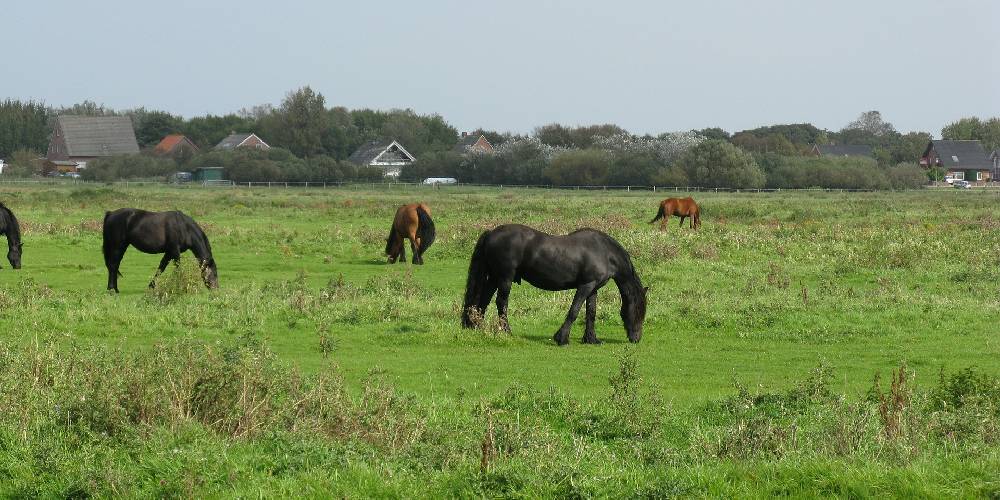
The Fell is a breed of pony that originated in the United Kingdom. This breed is specifically from the western side of the Pennines. This breed is a close relative of the Dales pony, and descended from the Celtic ponies that roamed all across Europe.
The early Fell ponies were actually used by the Romans in a number of different raids against the Picts. In Scotland, the breed was used by cattle raiders and rustlers who would use the ponies to steal cattle from ranchers and farmers of the area. Because of the difficulty and intensity of this job, the Fell was crossed with horses to give them more stamina, endurance, and agility.
This pony breed was also bred by the Cistercian monks who introduced gray ponies into the bloodline, causing the gray Fell ponies we see today.
Later on, Friesian blood was added to the line to improve the ponies appearance, conformation, and gait. The modern day Fell pony still looks much like its Friesian ancestors.
When the World Wars hit Europe, the Fell was one of the breeds that didn’t suffer many losses as it remained very popular as a driving, riding, and harness pony.
As you might notice, the Fell has history from all different places and backgrounds across the continent of Europe. This unique history is unlike any other breed history in the horse world. If it wasn’t for the variety of places, people, countries, and bloodlines that all worked together to create this pony, we wouldn’t have a Fell quite like the one we have today.
How To Identify The Fell Pony

There are a number of traits that this pony breed carries that makes it stand out from other pony breeds. These include this pony’s:
Head
The Fell has a head that is similar to that of the Friesian. Their head is straight, of good size, held in a confident majestic way, and set well on their neck. Their eyes are kind, bright, and intelligent and their muzzle is square and soft.
Neck
Fells have a very straight neck that is set back on their shoulders. The neck meets cleanly with their head in a gentle arch before it widens out to a strong and powerful neck that meets their muscular shoulders.
Legs
Just like their Friesian relatives, the Fell has feathers on its lower legs just above their hooves. Their legs are also strong and well made with hard bones and good joints.
Build
The build of this pony is different than that of other pony breeds as they are built heavier like a draft breed than a warmblooded or hotblooded breed.
Back
Fell Ponies have good, strong backs that meet with well made withers in the front and a high croup in the back. These ponies must have a strong back to be able to easily carry their adult riders.
Hindquarters
Fells have nice strong hindquarters that meet with a high croup and a high set tail. The hindquarters are naturally strong to help drive them forward when doing heavier work.
Shoulders
The Fell has nicely sloping shoulders that are well defined with muscle. The neck meets the shoulders a little further back and upright as compared to other breeds.
Chest
The chest of the Fell pony is deep, broad, and strong to allow for maximum lung capacity while they work. It is partly their deep chest and good lung capacity that makes their endurance and stamina as good as it is.
Coloration
The Fell is one of the only breeds of horses on earth that can’t be chestnut. They can be seen as black, gray, or bay, but no chestnuts are allowed otherwise.
Another unique thing about their coloration that sets them apart from other breeds is the fact that they rarely are seen with white markings. Most horses in the world are usually seen with markings, but the Fell actually is preferred not to have these markings.
Temperament
The temperament of the Fell is something that really stands out. These ponies are known to have a great temperament and do great with children making them super popular in Europe as a children’s riding pony.
What Are Fell Ponies Used For & Good At?
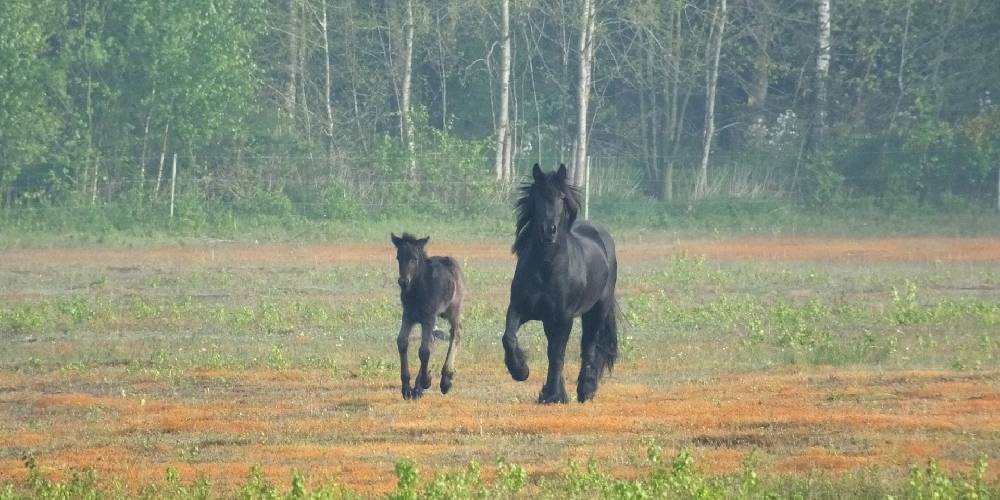
Driving
Because of their flashy appearance, Fell ponies are often used as driving horses. When used for driving, the ponies are often put into teams and driven with a few other ponies like them.
Farm Work
Though this is a less popular use today, these ponies were and still are used for farm work. Many small, family owned farms will use these ponies not only for their work, but also for their children and family to enjoy.
General Riding
These ponies do best as general riding ponies as they do great under saddle, have a great overall gait, are docile enough for children to ride, and strong enough for adults to ride. Because of all these great traits, the Fell is a really popular riding pony all across Europe.
The most common type of riding done on these ponies is the English style. In this style of riding, these ponies will compete and be ridden in different disciplines such as dressage and jumping.
Riding Lessons
Because of their sweet docile temperament, the Fell makes a great lesson pony for people to learn how to ride. They are used in a number of different riding schools primarily for use by children.
Trail Riding
The Fell has naturally great endurance and stamina making trail riding a natural strong suite for the breed. Fells were bred for crossing many many miles of terrain and because of this, they do excellent on the trail.
How Long Do These Ponies Live On Average?
The Fell pony lives to be around 30 years on average. This is because they are a hardy, strong breed that has little to no genetic health issues.
Fun Facts On Fell Ponies

- Fell ponies can’t be chestnut
- They used to be used by cattle raiders and cow rustlers
- They were once bred by monks who introduced the gray coloration
- Fell ponies are one of the only breeds that weren’t hit hard during the World Wars
FAQs On This Breed
If markings are rare on these ponies, what markings can they have?
Most markings are allowed in this breed of pony, but the most common markings seen, if any, are small. The most common markings seen in these ponies include:
- Stars
- Stripes
- Interrupted Stripes
- Socks (mainly coronets, half pasterns, pasterns, and fetlock markings. Markings are rarely seen above the fetlock)

